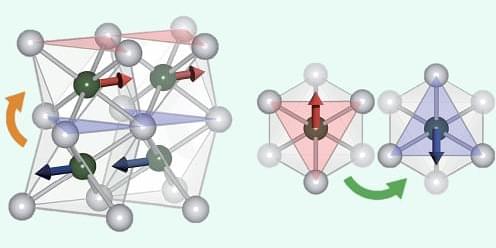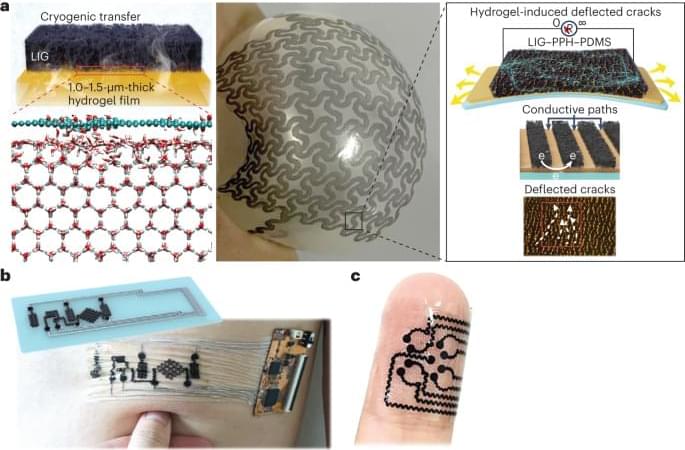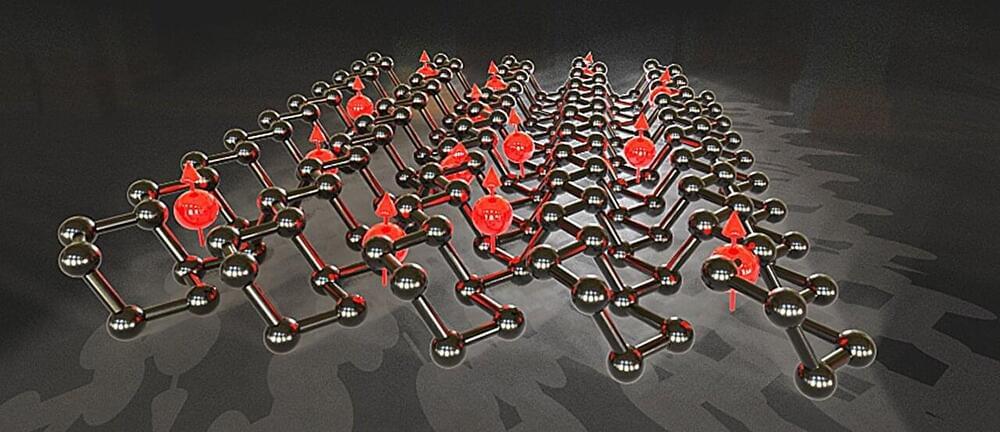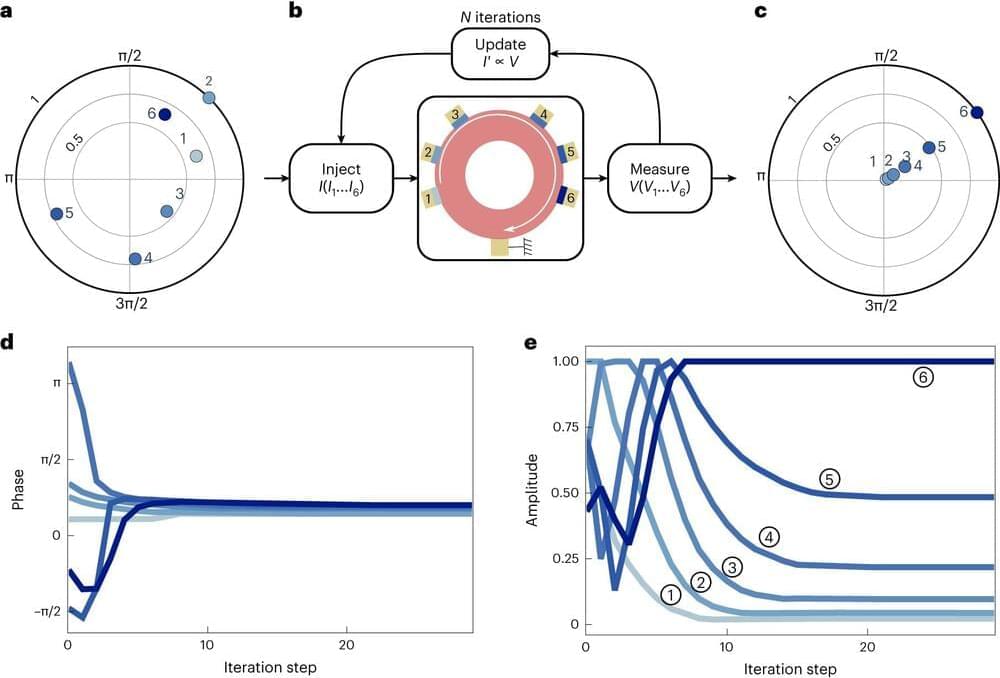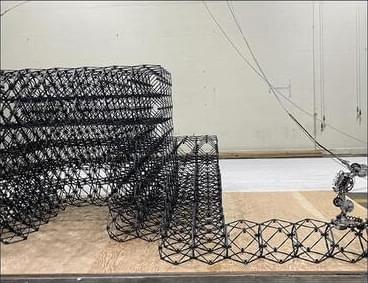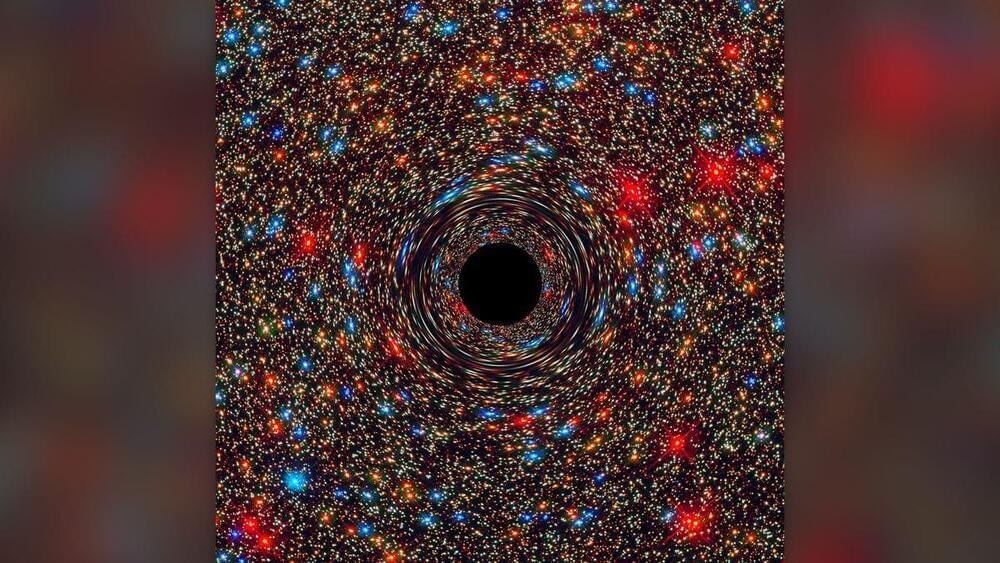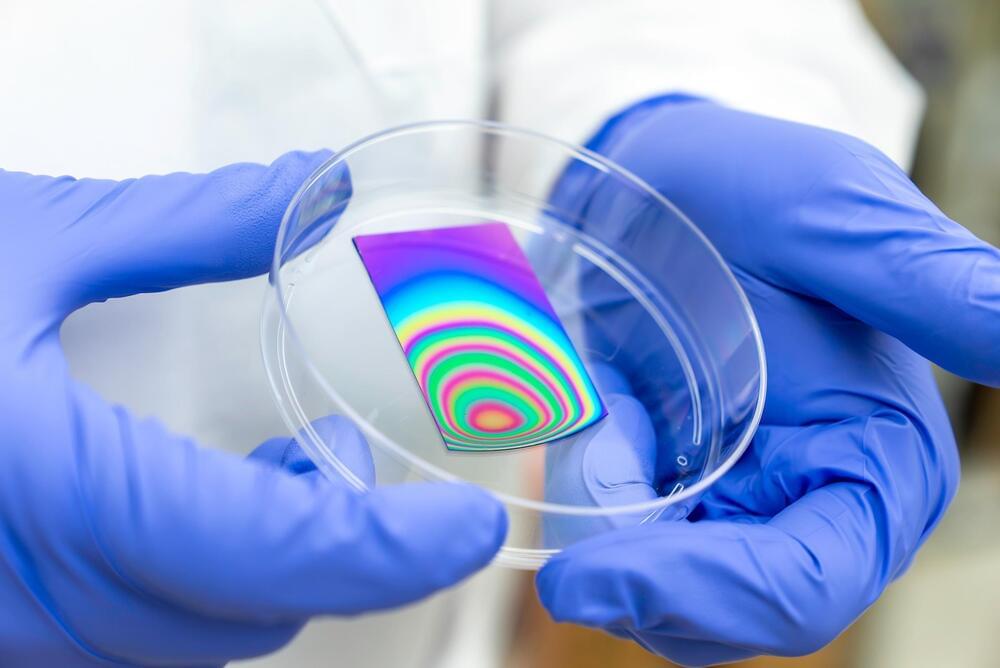Jan 23, 2024
How human robot collaboration will affect the manufacturing industry
Posted by Shubham Ghosh Roy in categories: materials, robotics/AI
How human-robot collaboration will affect the manufacturing industry — https://bit.ly/3S7Skfa
By Nitin Rawat, Manufacturing Head, Addverb
Robotics are employed to boost production and efficiency in the manufacturing sector, and they are capable of working in any hazardous setting. Robotic arms are also employed to perform effective work in the industries. It has been years since the introduction of collaborative robots in the manufacturing industry, and they have now been applied in several applications at manufacturing facilities. Robots these days are exceptionally programmable and controllable, allowing them to perform complex tasks using AI and automation.
Continue reading “How human robot collaboration will affect the manufacturing industry” »

